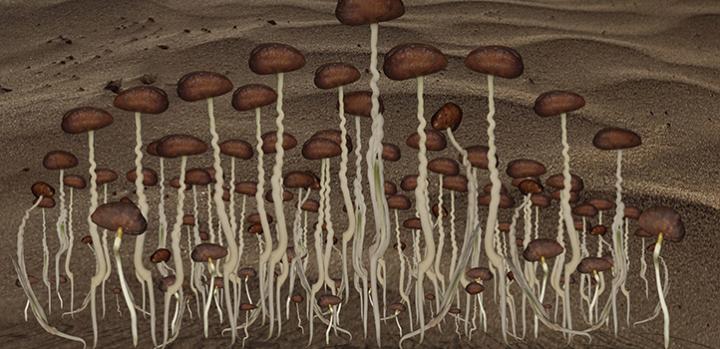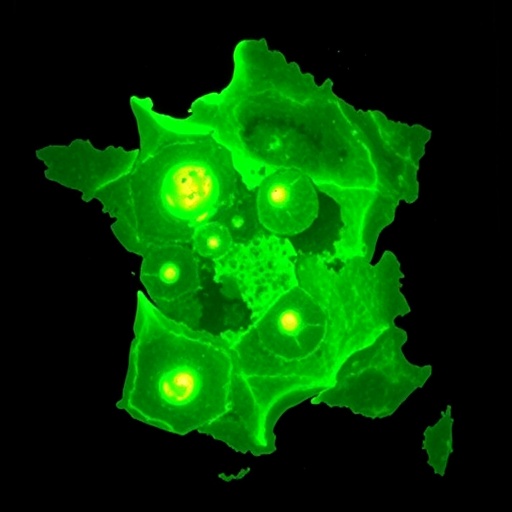
Credit: 2019 KAUST Vinicius Lube
Dates are one of the most significant fruit crops grown in the Middle East; however, little is known about how these resilient palm trees flourish in the high temperatures of desert habitats. Now, KAUST researchers have shown that date palms, after germination, can pause their early development within womb-like root structures in the soil, ready to grow when the environmental conditions are just right.
“Date palms are of huge importance to desert agriculture, especially in The Kingdom of Saudi Arabia, where they are considered as a symbol of vitality and prosperity,” says Ting Ting Xiao, who worked on the study with an international project team, under the supervision of KAUST’s Ikram Blilou. “Dates are known for their medicinal and nutritional values. In Europe, they are considered a delicacy, while in the desert they are a promising sustainable food source.”
“Our research was driven by curiosity. While there have been genomic and tissue-culture studies of date palms, there is little literature on the plant’s embryo development and organ formation,” Blilou explains.
Date palms employ a method of remote germination: rather than growing the first shoot and root right next to the seed and close to the surface of the soil, the whole seedling (root and shoot) remains within a multilayered root-like structure that buries deep into the soil to protect the young plant.
“It is what happens during remote germination that really surprised and delighted us,” says Xiao. “Using a combination of state-of-the-art high-resolution imaging and molecular tools, we found that date palms can pause their development–rather like some animals whose pregnancy lies dormant until conditions are favorable.”
When the time is right, such as when soil temperature increases, the plant emerges with a fully developed leaf and delicate root system, thereby maximizing its nutrients and water uptake in harsh surroundings.
“This is a real breakthrough in understanding plant adaptations to hostile desert environments,” says Blilou. “Our insights could have an immediate use for growers, who can focus on the root system to screen for new cultivars. Ultimately, this knowledge could help us in the fight against desertification.”
In a combined effort, KAUST plant science groups also plan to assess the genetic diversity of date palms in the Kingdom using genome resequencing as well as establishing breeding strategies for date palm. This work will contribute to improving date palm fruit production and quality for this important crop.
###
Media Contact
Carolyn Unck
[email protected]
Original Source
https:/
Related Journal Article
http://dx.




